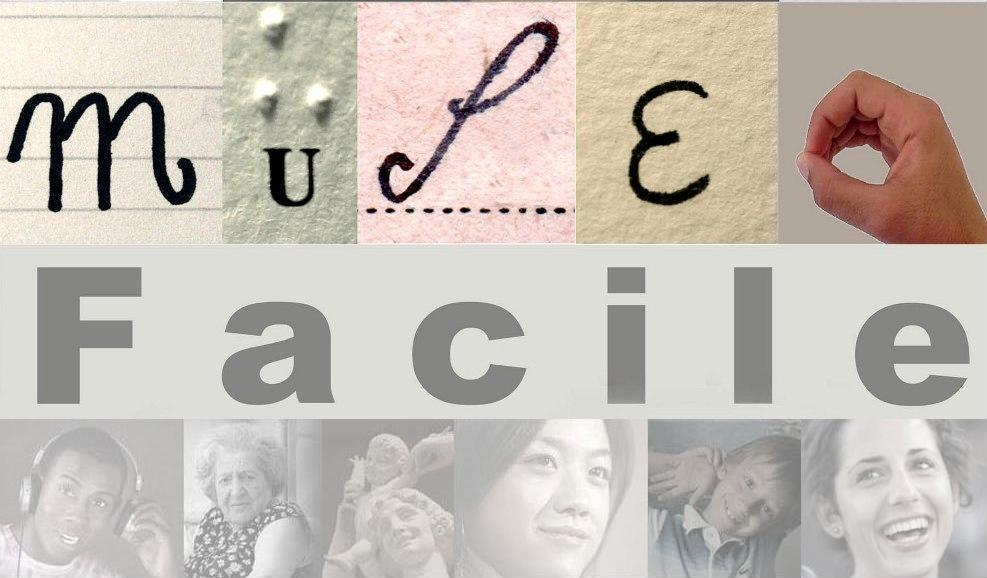Jamb: the architectural elements placed vertically at the sides of an entryway, arch or window.
I
Iconostasis: a high liturgical barrier, present since the 11th century in the Eastern Greek churches and only rarely in the West, used as a dividing element to separate the choir from the nave, and as a surface on which to expose a variable number of icons to the faithful. Illuminated manuscripts: handwritten, books with […] Read More
H
High Relief: a sculptural technique in which figures or ornaments very clearly emerge from the work’s background.
G
Greek Cross: a cross in which all fours arms are the same length in the Greek unlike the Latin one commonly in used in the western Church and in Italy in which the vertical arm is longer than the horizontal one.
F
Fleur-de-lis: a heraldic device and emblem of the royal house of France used in the French coat of arms since the 13th century. It is shaped like a lily with three, arced petals.
C
Choral Books: large, hand-written music books used by church or cathedral choirs throughout the Middle Ages and the Renaissance Coffered: referring to coffers, or carved cavities in a ceiling or vault. Coffers are usually arranged in a regular fashion and enriched with decorations. Column-bearing: italians use the word stiloforo, a term of Greek origin literally […] Read More
B
Books of Hours: books that accompany personal, daily prayer. The first Books of Hours appear in the mid-13th century and derive from Breviaries and Psalters.
A
Acanthus: an herbaceous plant with large, glossy leaves with an oblong shape and quite jagged edges. Due to its remarkable decorative effect, it found widespread use as an ornamental pattern in architecture and painting, from the Hellenistic period onwards. Apse: an architectural structure generally formed like a semicircular wall covered by a half dome vault. […] Read More
The Pavement of the Abbey Church of Desiderius (1066-1071)
Go to The Pavement of the Abbey Church of Desiderius (1066-1071) Go to The History Go to The Technique v The Pavement of the Abbey Church of Desiderius (1066-1071) At the behest of Abbot Desiderius (1058-1087), a geometric mosaic floor of polychrome marble was laid for the new abbey church by 1071. Desiderius expressly called […] Read More
Medieval Paintings from the Land of St. Benedicti
Medieval Paintings from the Land of St. Benedict Location: The Musem of Montecassino, Chapel of St. Anne Go to Christ Enthroned between the Apostles and Saints Benedict, Scholastica and Maurus Go to Christ Enthroned between Angels and Saints Go Fragments of Painted Plaster Go to the Angel Go to the Church of the Crucifix Christ […] Read More
The Marble Portals
The Marble Portals These two marble portals come from the façade of Desiderius’ abbey church (1066-1071). They were recovered in fragments after the bombings of World War II and were later reassembled. Both were still in place at the beginning of the 18th century when the monk Erasmus Gattola had them copied as engravings to […] Read More
The Abbey Church at the Time of Desiderius
The Abbey Church at the Time of Desiderius During Abbot Desiderius’ rule (1058-1086), Montecassino took on a grand and monumental appearance true to the notable prestige the monastic community had meanwhile attained. The most important undertaking promoted by Desiderius was the reconstruction of the abbey church that had already been transformed by Abbot Gisulf (796-817). […] Read More
The Chapel of St. Anne
The Chapel of St. Anne The current Chapel of St. Anne was built between 1949 and 1954 based on the design of Giuseppe Breccia Fratadocchi, the engineer who was responsible for the reconstruction of the entire abbey, together with Don Angelo Pantoni, a monk and the Abbey’s engineer. The modern building replaces an earlier […] Read More
The Cloister of St. Anne
The Cloister of St. Anne The Cloister of St. Anne was built in 1953, together with the small portico at the entrance which re-uses medieval marbles. In fact, excavations following World War II brought to light capitals, columns, corbels, cornices and other architectural elements. Nine trapezoid-shaped capitals hold up the portico’s arcade and are […] Read More
Montecassino Were It Was, As It Was
Montecassino where it was, as it was The history of Montecassino begins around 529 when St. Benedict arrived and founded his monastery on the hilltop. A small church dedicated to St. Martin was built on the site of a pagan temple, corresponding to the cloister at the monastery’s current entrance. Further up the hill, where […] Read More
The Museum of Montecassino Abbey
The Museum of Montecassino Abbey The Museum of Montecassino Abbey was opened to the public in 1980 on the occasion of the 15th centennial of St. Benedict’s birth. Here are the steps that led to its creation. In 1631 a substantial group of paintings was placed in the so-called “rooms of St. Benedict,” which were […] Read More
